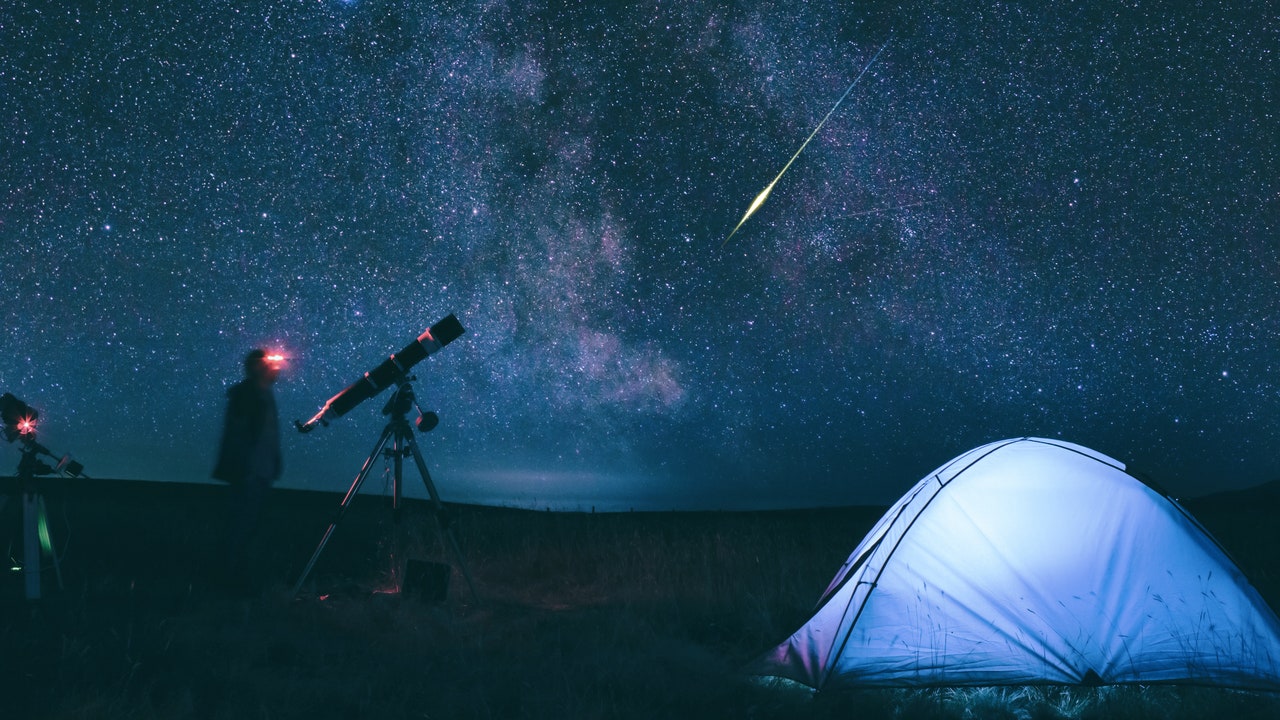2025 is set to dazzle us with a lineup of celestial events. From meteors streaking across the sky to mesmerizing lunar eclipses, there’s something to keep every stargazer excited.
Mark your calendars! These cosmic spectacles are perfect opportunities to plan trips—whether it’s a nearby park or a far-flung destination. Keep your eyes on the heavens for these astronomical wonders.
A Parade of Planets in February
As February ends, a spectacular planetary lineup graces the skies. Mercury will shine as a star low on the western horizon, slowly rising higher till early March.
Saturn accompanies Mercury, though fainter, demanding binoculars for a good view. Venus, however, needs no help, standing out brilliantly higher in the night sky.
March Lunar Eclipse
A breathtaking lunar eclipse awaits on March 14. Watch Earth’s shadow gradually envelop the moon, turning it a deep red.
Visible across the Americas and parts of Europe and Africa, this event offers a remarkable view of our celestial neighbor.
Ensure your timing aligns with local UTC conversions to catch every moment.
Partial Solar Eclipse in Late March
On March 29, a captivating partial solar eclipse occurs. Northeastern U.S., Canada, and Europe will witness this event in varying intensities.
Keep safety in mind—proper filters are essential as even a sliver of the sun can harm your eyes.
Canada experiences the fullest extent of this eclipse, offering the best vantage points.
Planetary Trio in April
Get up early between April 12-18 to catch Mercury, Venus, and Saturn forming a unique trio in the eastern sky.
This occurrence is visible just before dawn, so make sure to find a spot with an unobstructed eastern view.
The thin crescent moon joins this planetary gathering on April 24-25, amplifying the visual splendor.
Eta Aquarids Meteor Shower in May
May 3-5 marks the peak of the Eta Aquarids, a meteor shower promising up to 50 meteors per hour.
Seek a dark sky location to maximize your stargazing experience.
Venus and Jupiter’s Close Encounter in August
In August, Venus and Jupiter engage in a celestial dance, appearing incredibly close on August 12.
Look out in the eastern sky at dawn as they draw nearer each day.
The sight rivals the full moon’s size, a remarkable cosmic pairing.
Second Total Lunar Eclipse in September
September hosts another total lunar eclipse, best seen from Asia and Australia.
The eclipse offers over an hour of totality, with the moon fully cloaked in shadow.
Review local timings to ensure you don’t miss this astronomical event.
Crescent Moon and Venus in September
An enchanting sight occurs on September 19 as the crescent moon and Venus align closely in the pre-dawn sky.
In some areas, the moon will even occlude Venus, a rare astronomical treat.
Partial Solar Eclipse in September
September 21 presents another chance to witness a partial solar eclipse, especially vivid in New Zealand.
Depending on your location, up to 85% of the sun may be eclipsed, demanding precise timing for observation.
December Geminid Meteor Shower
The Geminids peak on December 13-14, renowned for over 100 meteors an hour.
Dark skies offer the best viewing, making it a staple for night sky enthusiasts.
These cosmic events of 2025 promise unforgettable celestial experiences. Keep your eyes to the sky and enjoy these spectacular shows.





